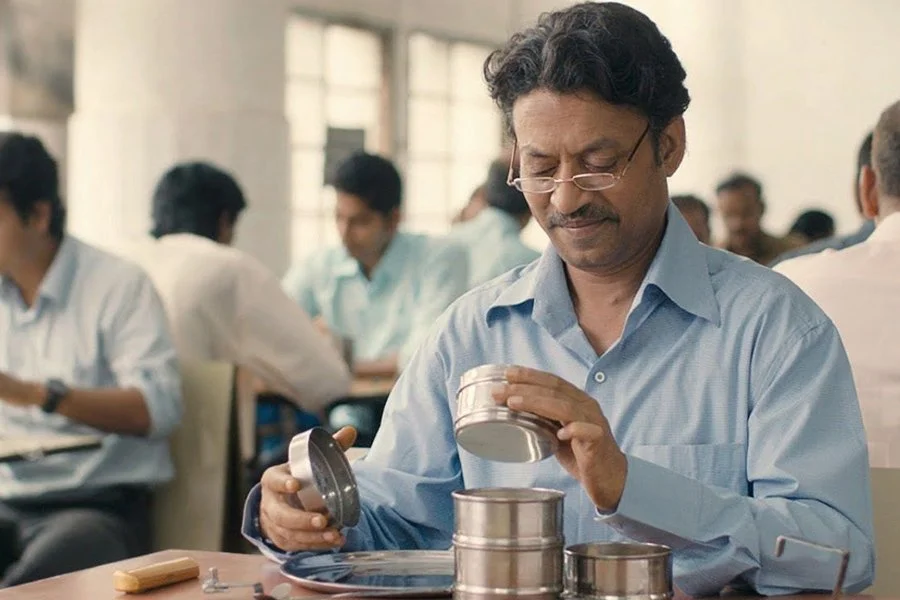‘Cinemartyrs’ REVIEW: Experiencing memories of a forgotten war
‘Cinemartyrs’ REVIEW: Experiencing memories of a forgotten war
Nour Hooshmand as Shirin in Cinemartyrs | Still courtesy of Cinemalaya
Not all memories resist silence. Some stay buried until someone chooses to give them life again. We remember how the Spanish enslaved and bound us to their cross and crown. We remember the atrocities the Imperial Japanese Army inflicted on us during the Second World War in graphic detail. But memory grows still when we speak of the American occupation. I remember being in high school, bored out of my mind during Araling Panlipunan (Social Studies) class when we reached the chapter on the American period, where the lessons focused more on the evolution of government and bureaucracy after Spanish rule than on the people who lived through it. We rarely speak of the human cost of their so-called “liberation” of the Filipino people, waged in the name of Manifest Destiny. But it is within this very silence that Sari Dalena’s Cinemartyrs, her first fictional feature since 2011’s Ka Oryang, takes root: an extension of the act of remembrance she began two decades ago with her debut experimental documentary, Memories of a Forgotten War.
Loosely based on Dalena’s personal and spiritual experiences during the making of Memories, Cinemartyrs follows a young filmmaker, Shirin (Nour Hooshmand), who is bent on recreating forgotten massacres from the Philippine–American War. When she begins to shoot at a site where thousands of men, women, and children were slaughtered by American forces, she awakens forces that exist beyond the tangible world. Yet to base expectations or infer any genre classification from that logline alone would be a disservice to what unfolds. More than anything, this is an ambitious work of remembrance, not only of forgotten atrocities, but also of the women of cinema from the pre-war period, the martyrdom of Moro freedom fighters, and a personal account of the birthing pains of making a film as a woman far removed from the liberality and safety of the city.
Shirin holds a Bolex camera in Cinemartyrs | Still courtesy of Cinemalaya
At times, the film’s ambition almost overwhelms it. In its first half, Cinemartyrs feels as if it’s reaching for too much, wandering into strange but never uninteresting territory. One of the film’s more curious detours comes after Shirin shoots a sequence about Ka Ipe, a Filipino revolutionary who fought against the Americans. During post-production, she discovers that the footage is marred by scratches, effectively ruining her film. This mishap leads her to an encounter with Kidlat Tahimik — as himself — who offers a moment of mentorship. He tells her to find her duende, the creative spirit who sees the world in “special frames,” and to “turn defect into effect.” It’s the kind of advice that could’ve been enlightening, a reminder that imperfection can lead to the creation of something unique. But the very next scene undercuts the gesture when it is revealed, during a panel with her unimpressed and misogynistic professors, that Shirin had scrapped the damaged scene and reshot it entirely.
Another interlude arrives through Shirin’s mother, a historian played by Raquel Villavicencio. In one of the film’s more audacious moments, Dalena resurrects pre-war women filmmakers — Carmen Concha, Susana de Guzman, and Consuelo Osorio — to speak with the historian about their experiences working in early Philippine cinema, the difference between being a woman director and a man, and how marriage can derail an artistic career. It’s an arresting scene, rich with the kind of historical excavation Dalena does best. But within Cinemartyrs, it feels strangely displaced, not because it features a living person in dialogue with ghosts, but because the conversation belongs elsewhere, or rather, to someone else. Shirin, who at the beginning of the film listens in admiration to cassette recordings of these very women, feels sidelined at the moment when their legacy should have most directly touched her. The result is a scene that, while intellectually engaging, pulls focus away from the emotional and creative crisis that defines her journey.
Moments like this reveal both the film’s strength and its struggle. Cinemartyrs extends so far into the lineage of Philippine cinema that it sometimes loses sight of its own center. The inclusion of Kidlat, Concha, Susana, and Consuelo, while affectionate, momentarily pulls the film toward reference rather than reflection. Still, there’s something admirable in Dalena’s refusal to pare down her vision. Even when the film falters, it does so while reaching for something profound.
A reenactment of a Moro wedding | Still courtesy of Cinemalaya
But these small missteps don’t matter much in the grand scheme of what follows. The film steps away from the shakiness of its first half and finds solid ground when Shirin and her crew travel to Sulu, to document the massacre at Bud Dajo. Here, the film transforms into something else entirely — part horror film, part spiritual experience.
Much of this transformation happens because of the film’s technical command. The musical score by Teresa Barrozo and sound design by Emilio Bien Sparks are extraordinary in shaping atmosphere — the hums, silences, layered chants, the rippling cadence of the kulintang, and the otherworldly low drone of synth bass seem to breathe with the image, heightening both dread and reverence. The editing by writer-editor Keith Sicat keeps everything alive, threading together the film’s many textures and histories — from the grainy home videos shot in Sulu of the behind-the-scenes for Memories of a Forgotten War during the 90s, to the 16mm reels of the actual film itself, and into the sharp clarity of the modern digital era. These juxtapositions give the film a pulse, a sense of continuity across time and technology that mirrors its meditation on remembrance itself.
The performances echo the film’s quiet intensity. There are no grand emotional outbursts, only an earnestness that steadies its more metaphysical turns. Hooshmand brings a quiet conviction to Shirin, Dalena’s self-insert, a role that could have easily slipped into egotism, yet she keeps her believable and grounded, embodying Dalena’s voice with just the right balance of self-awareness and self-indulgence. The rest of the ensemble — Bong Cabrera, Giancarlo Abrahan, Iana Bernardez, Nor Domingo, Victor Medina, and Shane Bernabe — share that same sincerity and likeability.
Words, though, can only go so far in describing the kind of transcendence Cinemartyrs reaches. No matter how much I wrack my brain for ways to capture what unfolds — especially during the sequence where Shirin and her crew recreate the infamous photograph of the Moro Crater Massacre — I can only speak of what it felt like. It is haunting in the truest sense: oppressive, unshakable, as if the past itself were taking hold of you, yet at the same time strangely light, even liberating. It felt as though the act of remembrance, no matter how terrifying, had lifted an invisible weight from me.
What Dalena achieves here goes beyond the boundaries of fiction and documentary. Cinemartyrs becomes an act of communion between the living and the dead, between those who remember and those long silenced. In doing so, it subverts the Catholic-centric notion of possession that dominates much of horror cinema. What is often depicted as desecration or demonic becomes, in Dalena’s hands, an act of grace, a surrender to the past that allows the forgotten to move through us. The film does not merely revisit the past but lets it breathe again, to tremble and to speak, through image and sound. To experience it, and I hope you do, dear reader, is to preserve memory; it is participation, it is resurrection. In a time when the past is continually sanitized and shaped by imperial narratives, Cinemartyrs asserts that the act of remembering is also an act of resistance.
‘Cinemartyrs' is one of the selected full-length feature films for the 21st edition of the Cinemalaya Philippine Independent Film Festival.




















